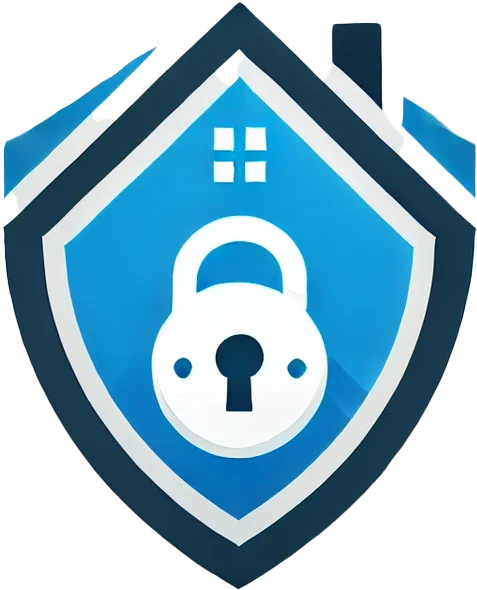The Essential Guide to Internet Security: Protecting Your Digital Life
The Reality of Online Threats
Every 39 seconds, somewhere in the world, a cyber attack occurs. In an age where our lives are increasingly digital – from banking and shopping to working and socializing – protecting yourself online isn’t just smart, it’s essential. With cybercrime damages projected to reach $8 trillion in 2024, understanding internet security has never been more crucial.
Understanding Internet Security: The Basics
Internet security is your digital shield – a combination of tools, practices, and knowledge that protects your online presence. Think of it as a home security system for your digital life, where each component plays a vital role in keeping you safe.
Core Components
- Encrypted Connections: Your digital bodyguard
- Authentication Systems: Your virtual door locks
- Security Software: Your digital alarm system
- Smart Practices: Your daily security habits
Essential Security Strategies
1. Build Your Digital Fortress
- Deploy a VPN
- Encrypts your internet traffic
- Masks your location
- Especially crucial on public Wi-Fi
- Enable Multi-Factor Authentication (MFA)
- Adds an extra security layer beyond passwords
- Reduces account breach risk by 99%
- Use authenticator apps over SMS when possible
2. Create an Impenetrable Password Strategy
- Use unique passwords for every account
- Aim for 12+ characters combining letters, numbers, and symbols
- Consider a password manager to securely store credentials
- Change passwords immediately after any security breach
3. Navigate Safely
- Before clicking links, ask yourself:
- Did I expect this email or message?
- Does the sender’s address look legitimate?
- Am I being pressured to act quickly?
- Hover over links to preview URLs
- Type important website addresses directly into your browser
4. Keep Your Systems Updated
- Enable automatic updates when possible
- Update your:
- Operating system
- Browsers
- Security software
- Mobile apps
Emerging Threats and How to Counter Them
Ransomware
- Prevention:
- Regular backups
- Email attachment scanning
- Updated antivirus software
Phishing Attacks
- Red Flags:
- Urgent requests for personal information
- Generic greetings
- Poor grammar or spelling
- Suspicious sender addresses
Identity Theft
- Protection Measures:
- Monitor credit reports
- Use secure, encrypted websites (look for HTTPS)
- Limit sharing personal information online
Protecting Your Family Online
For Parents
- Set Clear Guidelines
- Screen time limits
- Approved websites and apps
- Online behavior expectations
- Use Technical Controls
- Parental control software
- Content filters
- Activity monitoring tools
- Teach Digital Literacy
- How to spot scams
- Privacy protection
- Responsible social media use
Stay Ahead: Latest Security Trends
Zero Trust Security
- Verify every access attempt
- Assume no user or device is trustworthy
- Implement least-privilege access
AI-Enhanced Security
- Automatic threat detection
- Behavioral analysis
- Predictive security measures
Biometric Authentication
- Fingerprint scanning
- Facial recognition
- Voice verification
Taking Action: Your Security Checklist
Immediate Steps
- Audit your passwords
- Enable MFA on critical accounts
- Install/update security software
- Set up a VPN
Weekly Tasks
- Check for software updates
- Review account activity
- Back up important data
Monthly Reviews
- Audit connected devices
- Review privacy settings
- Check for unauthorized accounts
The Bottom Line
Internet security isn’t a one-time setup – it’s an ongoing practice. By implementing these strategies and staying informed about new threats, you can significantly reduce your risk of becoming a cyber crime victim. Remember: in the digital age, prevention is always easier than recovery.
Start with one change today. Whether it’s enabling MFA on your email account or installing a password manager, every step toward better security matters. Your digital safety is worth the effort.
